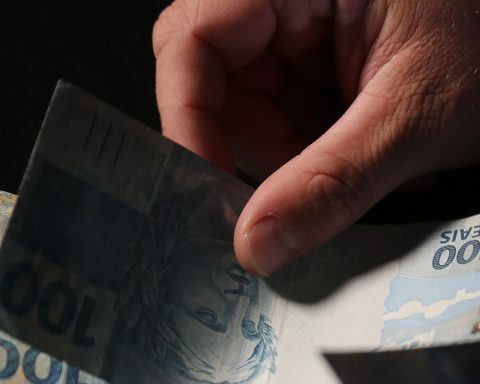The Monetary Policy report of the Banco de la República said that in December total inflation (13.1%) and the average of core inflation measures (10.3%) continued their upward trend, with records higher than estimated by the Bank’s technical team and by the market average.
The report claimed that inflation expectations at all terms exceed the 3% target. In that month, all the large groups of the consumer price index (CPI) registered higher than estimated increases and the diffusion indicators continue to show general price increases.
Read: Is an economic recession approaching? This is what the Bank of the Republic says
The report prepared by the technical team of the Banco de la República says that the accumulated exchange pressures on prices, the indexation to high inflation rates and some particular food supply shocks would explain, in part, the acceleration of inflation.
The foregoing, he says, occurs in a context of significant excess demand, a tight labor market, and some inflation expectations at different terms that exceed the target of 3%.
Compared to the October Report, the forecast path for total and core inflation (without food and regulated items: SAR) increased, as a reflection of greater accumulated exchange pressures, from price indexation to a higher inflation rate (CPI and producer price index: PPI) and the increase in labor costs due to a higher than estimated minimum wage adjustment.
Read: Recent Banrep decision, does it imply moderation of the increases?
However, the report says, headline inflation is expected to begin to ease in early 2023, albeit from a higher level than estimated in October. The foregoing would initially be supported by the projected deceleration of the CPI for food, due to a comparison base at high levels, the expected dissolution of the shocks that have affected the prices of these products, and the estimated improvement in the external supply and internal in this sector.
What does it say about families?
In addition, the Monetary Policy report says that the deterioration of the real income of families due to high inflation, the exhaustion of the effects of a repressed demand and tighter external and internal financial conditions would contribute to diluting the excess demand in 2023 and reduce inflation. at the end ofe 2023 both total and core inflation (SAR) would reach 8.7%, and in December 2024 they would stand at 3.5% and 3.8%, respectively.
These forecasts, according to the Banco de la República, have high uncertainty, especially related to the future behavior of international financial conditionsthe evolution of the exchange rate, the rate of adjustment of internal demand, the degree of indexation of nominal contracts and the decisions taken regarding the internal price of fuels and electrical energy.
Read also: “The hard and mature” are coming: this is how you can face high rates
The report says that in the third quarter economic activity again surprised upwards and the growth projection for 2022 increased to 8.0% (before 7.9%), but decreased by 2023 to 0.2% (before 0.5%). With this, excess demand continues to be significant and it is still estimated that they will be diluted this year.
Annual economic growth in the third quarter (7.1% DAEC) was higher than estimated in October (6.4% DAEC), due to stronger domestic demand, specifically due to higher-than-expected investment. Private consumption fell from the high level observed a quarter ago and net exports registered a more negative contribution than expected. For the fourth quarter, the indicators of economic activity suggest that the gross domestic product (GDP) would have maintained a high level and similar to that observed in the third, with a variation of 4.1% per year.
It is the expected growth figure of the gross domestic product for 2022, according to the Monetary Policy report of the Bank of the Republic.
Domestic demand would have slowed down in annual terms, although at levels that would have continued to be above output, mainly due to high private consumption. Investment would have fallen slightly to a value similar to the average observed in 2019. The real trade deficit would have decreased, due to a drop in imports that was stronger than the estimated decline in exports.
The report states that over the forecast horizon consumption is expected to decline from current high levels, partly as a result of some tighter domestic financial conditions and a deterioration in real income due to high inflation.
Read: Inflation will remain high and rate hikes will only be felt in a few months
He also mentions that investment tIt would also decrease and be back at levels below those observed before the pandemic. In real terms, the trade deficit would narrow due to lower projected dynamics of domestic demand and higher accumulated real depreciation.
With all this, economic growth for all of 2022, 2023 and 2024 would stand at 8.0%, 0.2% and 1.0%, respectively. Excess demand remains high (measured with the output gap) and is estimated to fade in 2023 and could turn negative in 2024. Although the macroeconomic forecast includes a marked slowdown in the economy, an even greater adjustment cannot be ruled out of internal absorption.
BRIEFCASE


















